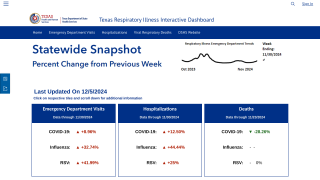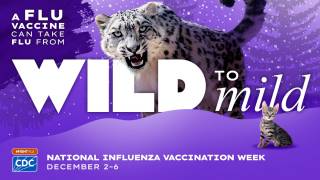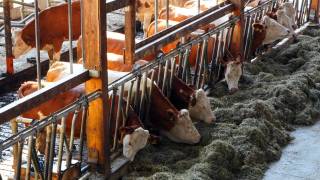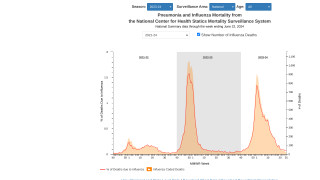WHO Influenza News For March 20, 2019

According to the World Health Organization (WHO), the temperate zone of the Northern Hemisphere continues to report influenza activity in 114 countries and territories up to March 3, 2019.
The WHO update #337 says, influenza A(H3N2) viruses have accounted for the majority of seasonal flu cases in North America, followed by influenza A(H1N1).
The pandemic variants of the Influenza A virus has previously been associated with upwards of 50 million deaths worldwide, says the WHO.
“The threat of pandemic influenza is ever-present,” said WHO Director-General Dr. Tedros Adhanom Ghebreyesus in a press release. “The ongoing risk of a new influenza virus transmitting from animals to humans and potentially causing a pandemic is real.”
“The question is not if we will have another pandemic … but when.”
The WHO GISRS laboratories tested data from FluNet for the time period from 18 February 2019 to 03 March 2019:
- 59,350 were positive for influenza viruses,
- 57,635 (97.1%) were typed as influenza A and 1,715 (2.9%) as influenza B.
- Of the sub-typed influenza A viruses, 14,751 (59.5%) were influenza A(H1N1) and 10,037 (40.5%) were influenza A(H3N2).
- Of the characterized B viruses, 147 (19%) belonged to the B-Yamagata lineage and 625 (81%) to the B-Victoria lineage.
The WHO’s regional updates for countries in the Northern Hemisphere are as follows:
- In Europe, influenza activity decreased across the continent, with two-thirds of countries still above baseline for influenza-like illness activity. Influenza A viruses co-circulated.
- In North Africa, influenza activity was still reported in some countries.
- In Western Asia, influenza activity appeared to decrease overall, with the exception of some countries where activity remained elevated.
- In East Asia, influenza activity appeared to decrease overall, with influenza A(H1N1) virus predominating.
- In Southern Asia, influenza activity remained elevated overall with influenza A viruses predominating.
- In the Caribbean, Central American countries, and the tropical countries of South America, influenza and RSV activity were low in general.
And, in the temperate zones of the Southern Hemisphere, influenza activity remained at inter-seasonal levels, with the exception of some parts of Australia where influenza activity remained above inter-seasonal levels.
The vaccine recommendation for the 2019-2020 Northern Hemisphere Influenza Season can be consulted at this link.
Flu vaccines remain available at most pharmacies in the USA. Travel vaccination counseling appointment can be scheduled at Vax-Before-Travel.
Vaccines, like any medication, can cause side effects, which should be reported to local health departments.
Our Trust Standards: Medical Advisory Committee

























